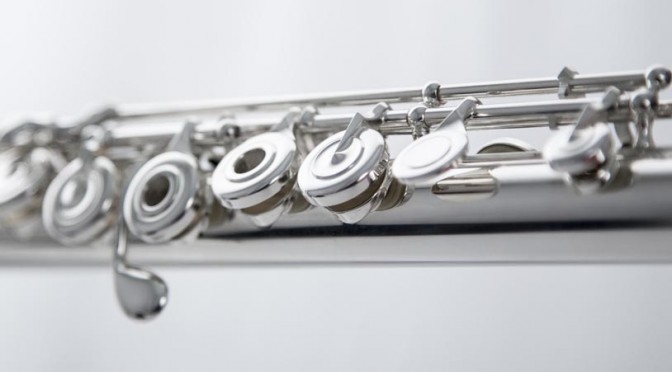Hints and Tips
-
8 Top Tips on Testing a New Flute
Adam Clifford looks at the best way to test a new flute, what exercises to try and what to look for when choosing.
-
7 tips on choosing a beginner flute
Buying your first flute can be daunting: there are so many different makes, models and types of flutes available, and the price range can be huge. Below, we’ve compiled our top tips to help a complete newcomer decide on a new flute.
-
Not So Shiny Silver
We are often asked in the shop: “why has my new flute turned black?” One moment your silver flute is nice and shiny. The next, a cloudy colour all over. What’s going on here? Silver. Chemical symbol Ag, atomic number 47. Used for thousands of years in ornaments, utensils, trade, and as the basis for…
-
Scales: An Incomplete Look at What Every Flutist Should Know
What’s in a scale? More to the point, what’s in “the Cooper scale”? This short primer on scale—and why every flutist needs to understand its importance— includes a heartfelt appeal for the open information-sharing that defined the character of the late Albert Cooper.
-
Don’t Let A Metal Allergy Stop You Playing Flute
Over recent years in Jonathan Myall Music, we have come across more and more flute players who suffer a silver allergy – and I’m one of them. I have several allergies: silver, dust, cats, (sharp flute playing!), and have found that I can not do anything about them other than to find a way not…
-
Headjoints: A Guide to Choosing
The headjoint of the flute is probably the most ‘personal’ part of the instrument. A headjoint that plays well for one person may be another player’s idea of hell! For this reason, no hard and fast rules can be given as to what makes the “best” headjoint, but a few guidelines may be useful.





